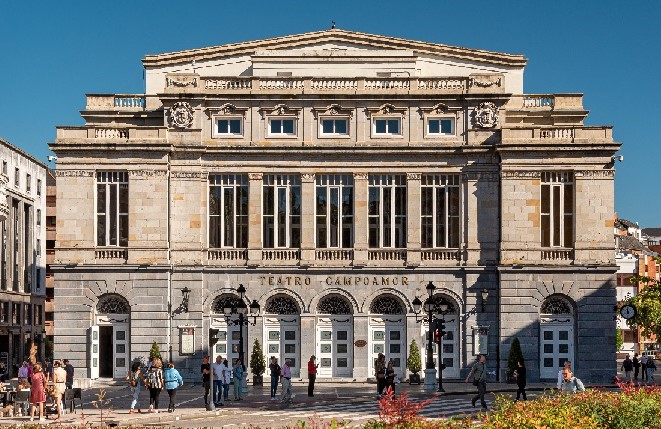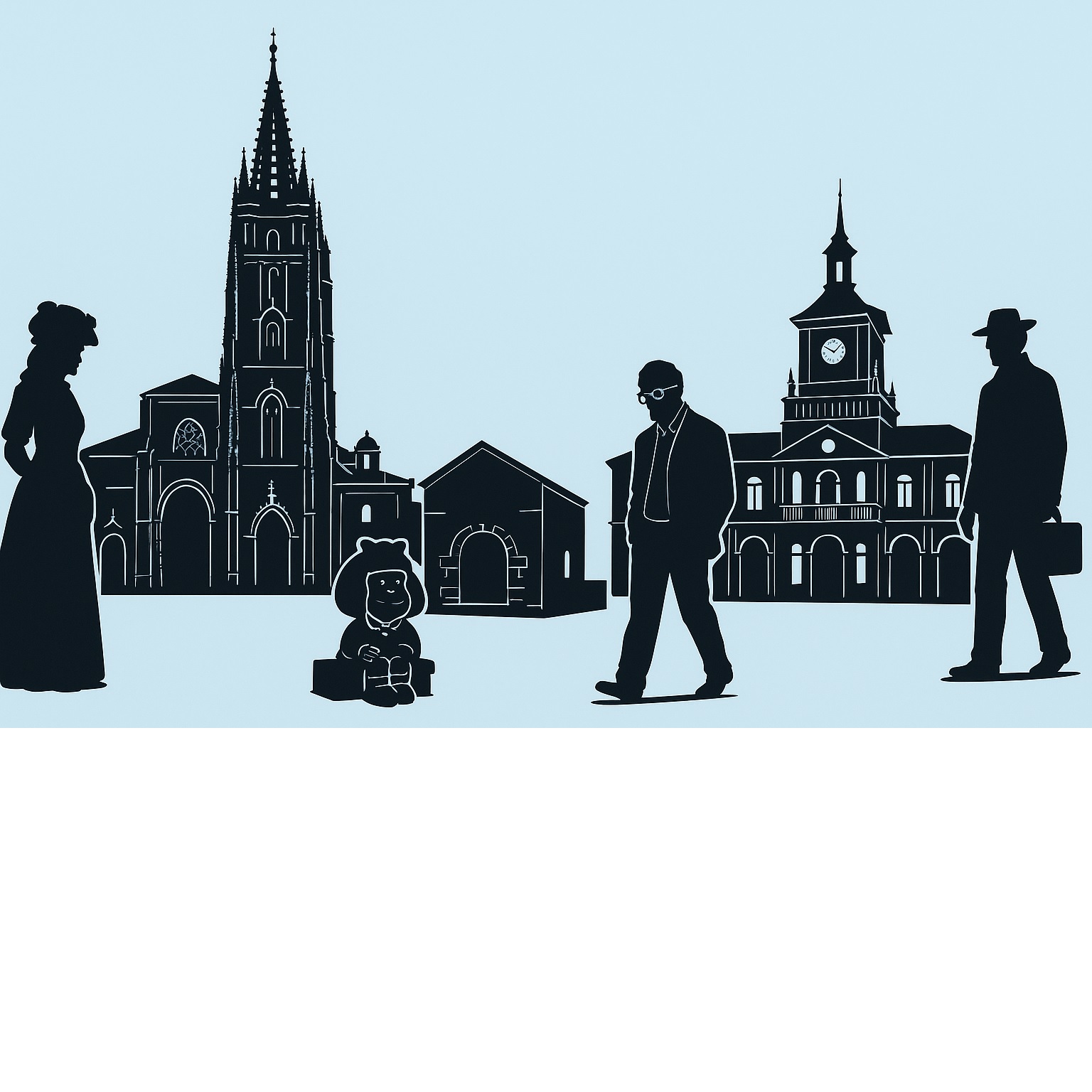What are the Princess of Asturias Awards?
The Princess of Asturias Awards are the most prestigious international prizes granted in Spain. They are awarded annually by the Princess of Asturias Foundation with the aim of recognizing scientific, technical, cultural, social and humanitarian work carried out by individuals, institutions, work groups or entities internationally.

Teatro Campoamor in Oviedo, venue of the awards ceremony
Each prize consists of a sculpture created by Joan Miró, a diploma, an insignia and a cash prize of 50,000 euros. The awards ceremony takes place every autumn at the Teatro Campoamor in Oviedo, presided over by Their Majesties the King and Queen and by H.R.H. the Princess of Asturias.
Activities during Awards Week 2025
During the days leading up to the official ceremony, the Princess of Asturias Awards Week offers multiple cultural events and meetings with the laureates, organized by the Princess of Asturias Foundation in different locations throughout Asturias.
- Monday, October 20 (Oviedo)
"Between wit and wisdom" — Meeting of Eduardo Mendoza with reading clubs.
Time: 19:00 · Venue: Palacio de Exposiciones y Congresos (access by invitation).
- Wednesday, October 22 (Avilés)
"Mendoza Case" — Public meeting with Eduardo Mendoza.
Time: 19:30 · Venue: Centro Niemeyer.
- Thursday, October 23
XXXIII Princess of Asturias Awards Concert.
- Friday, October 24 (Oviedo)
Princess of Asturias Awards 2025 Ceremony.
Time: 18:30 · Venue: Teatro Campoamor.
- Saturday, October 25 (Valdesoto, municipality of Siero)
Presentation of the Exemplary Town of Asturias 2025 Award to Valdesoto.
*The above information may be subject to change. We recommend confirming times and venues on the Official Princess of Asturias Foundation Agenda.



